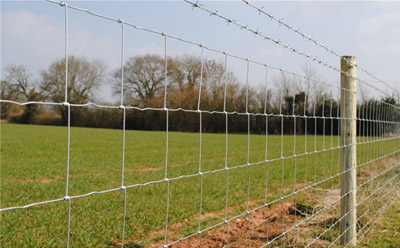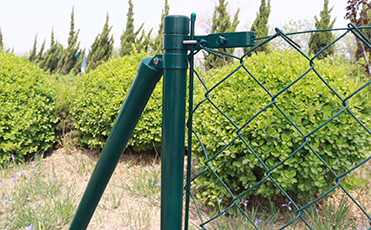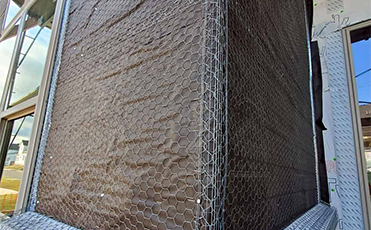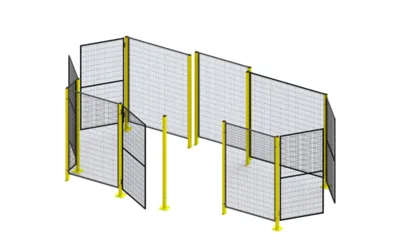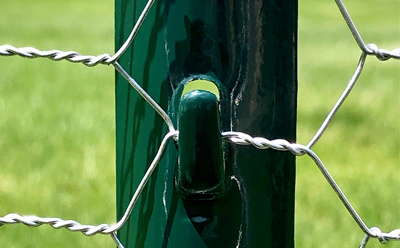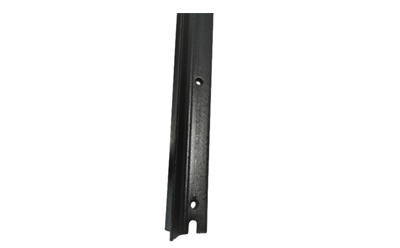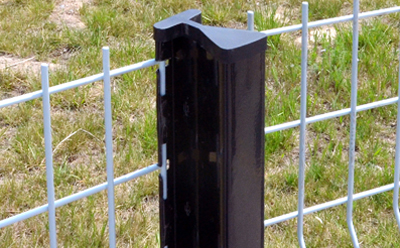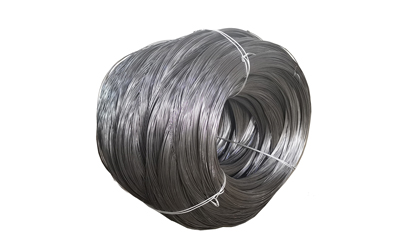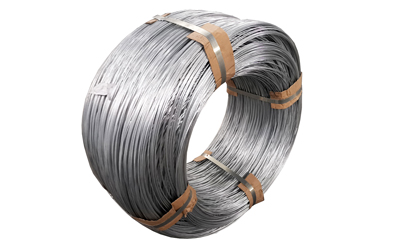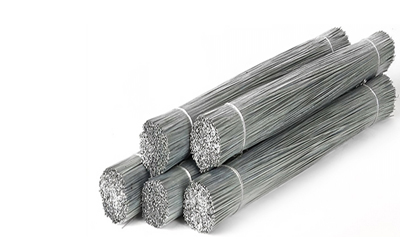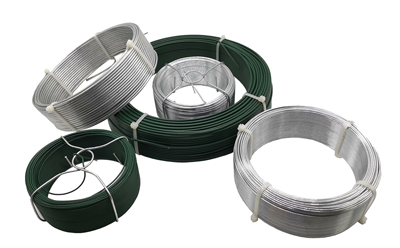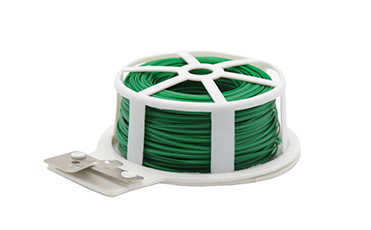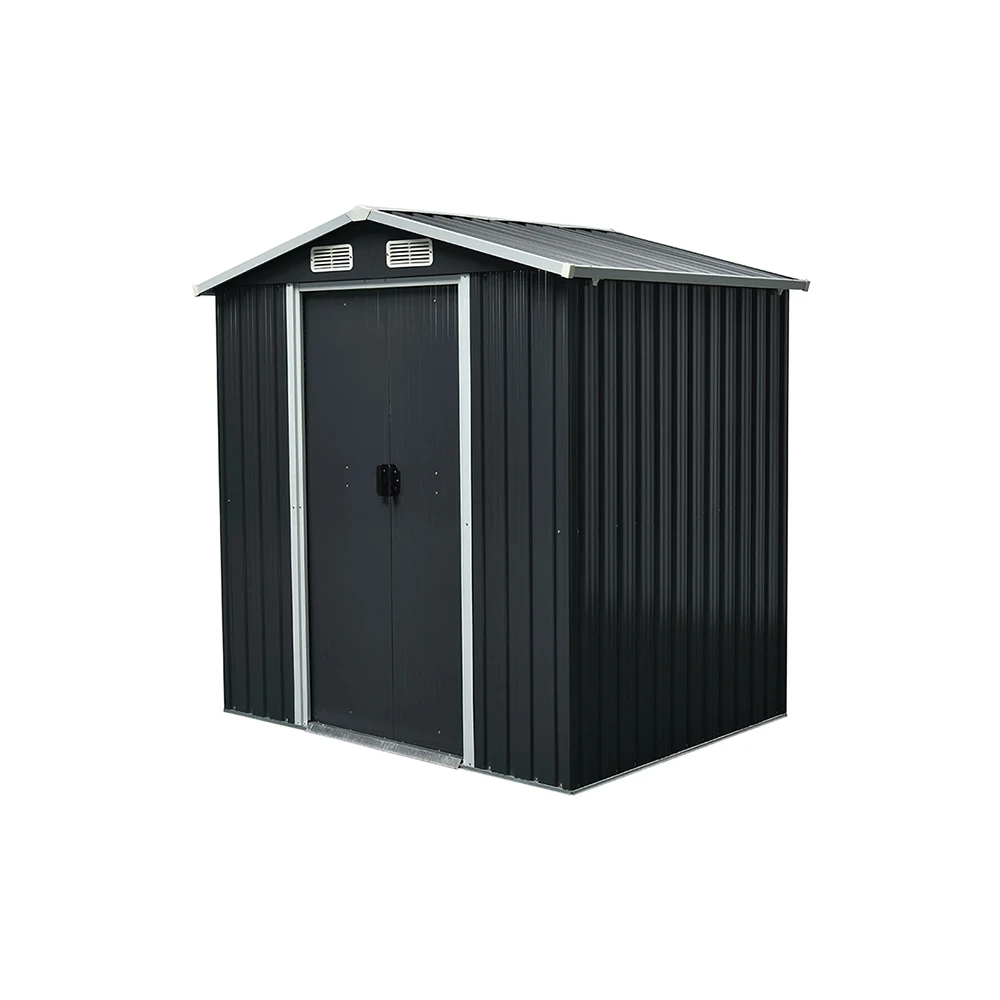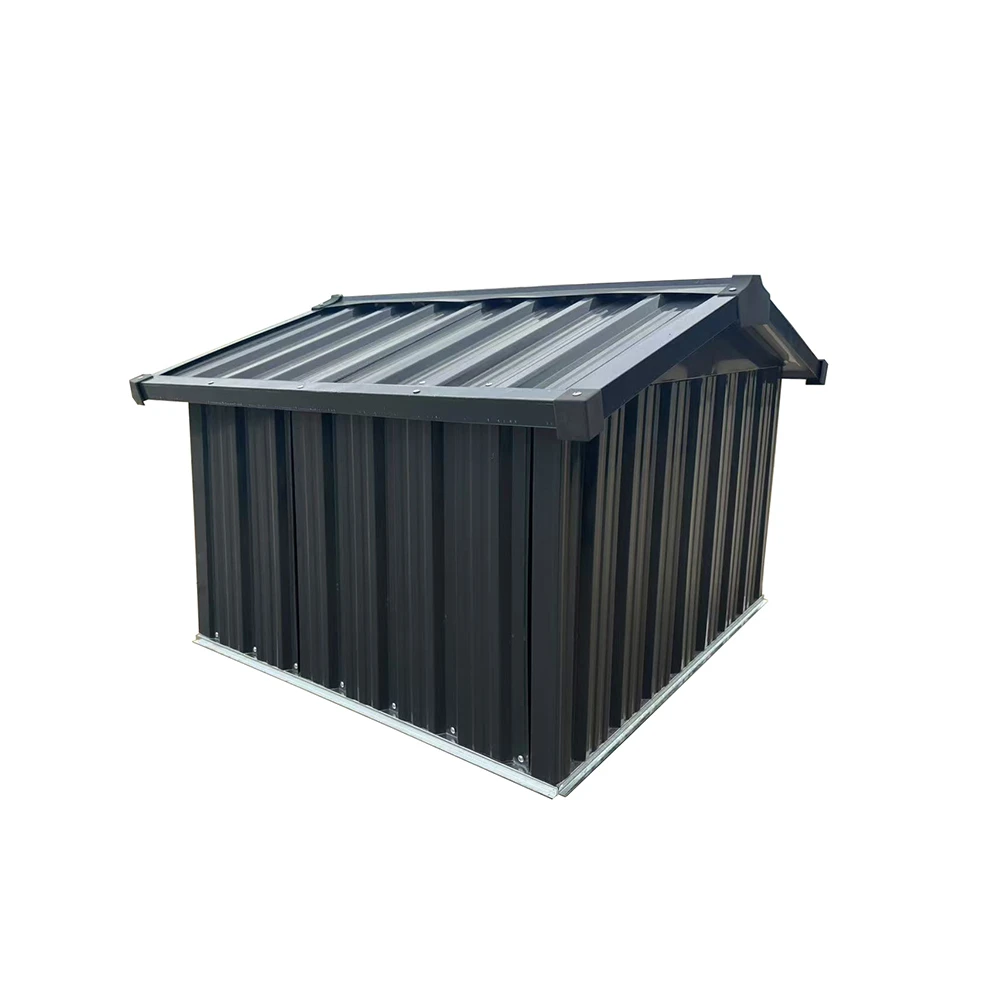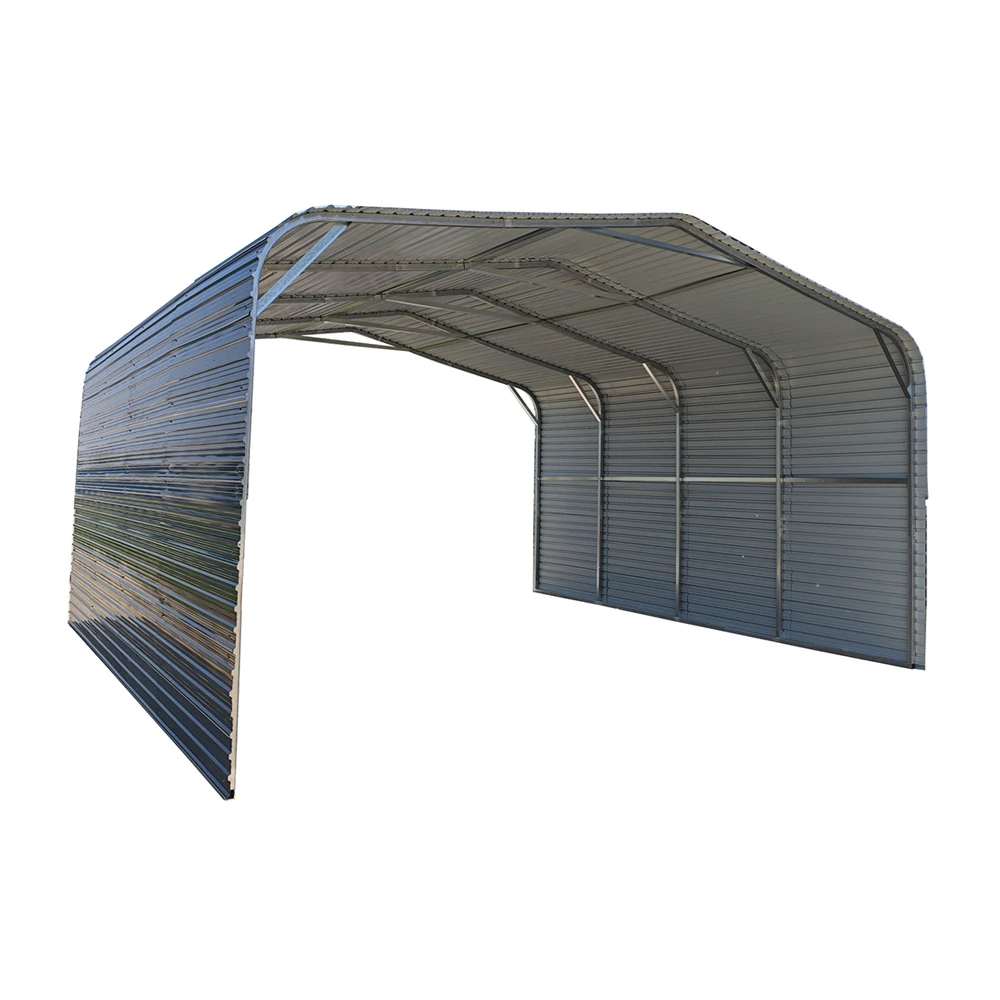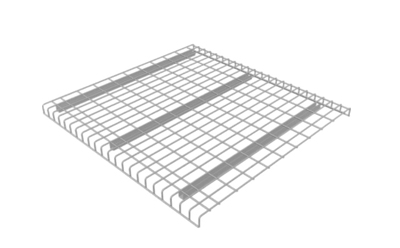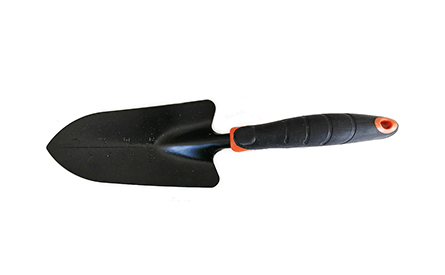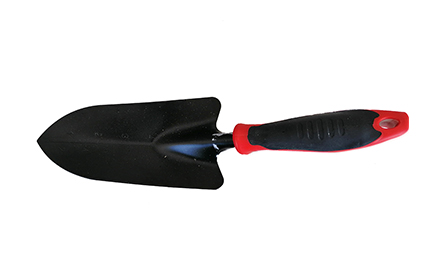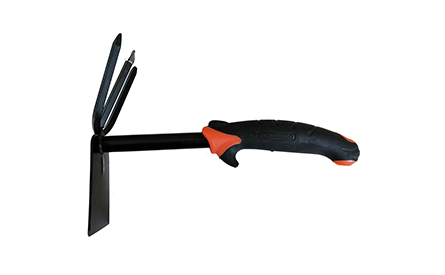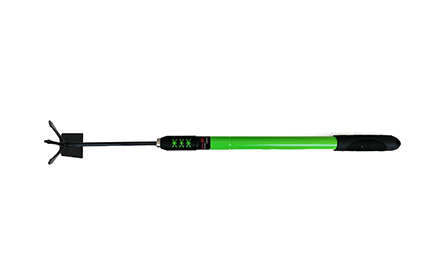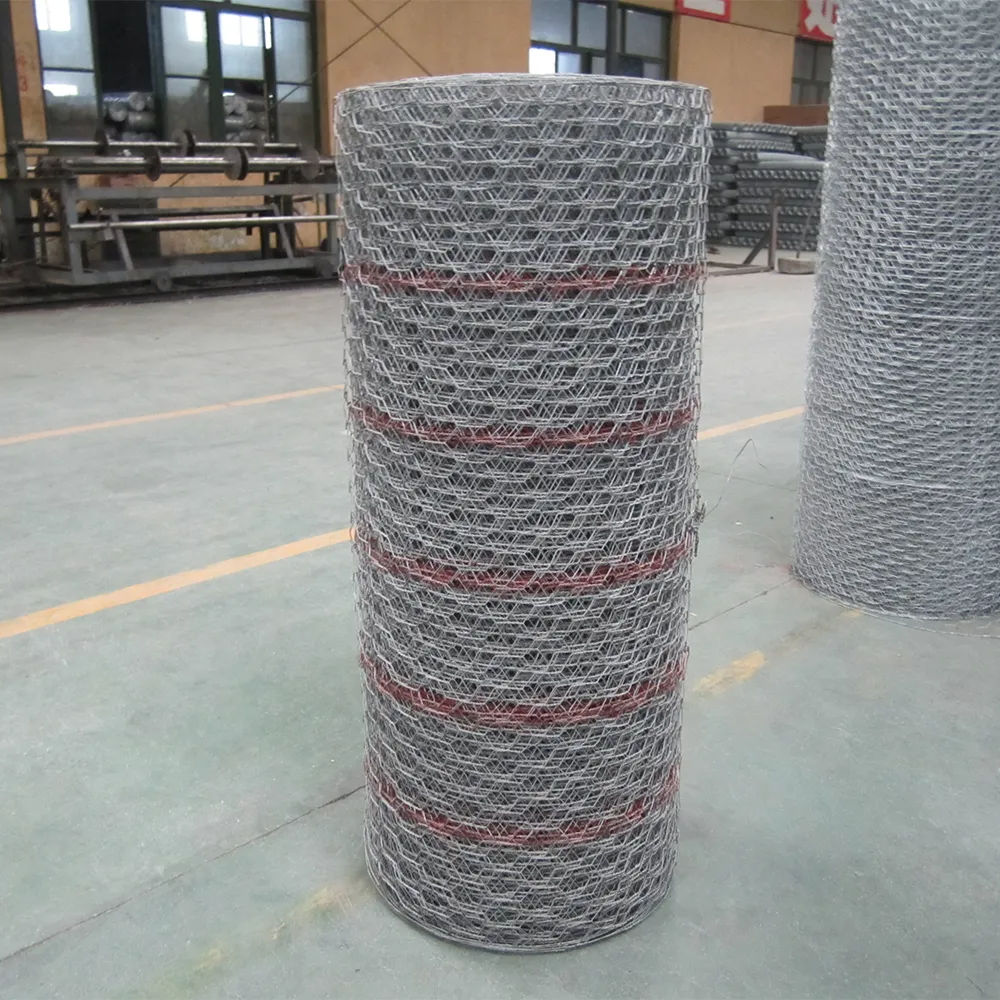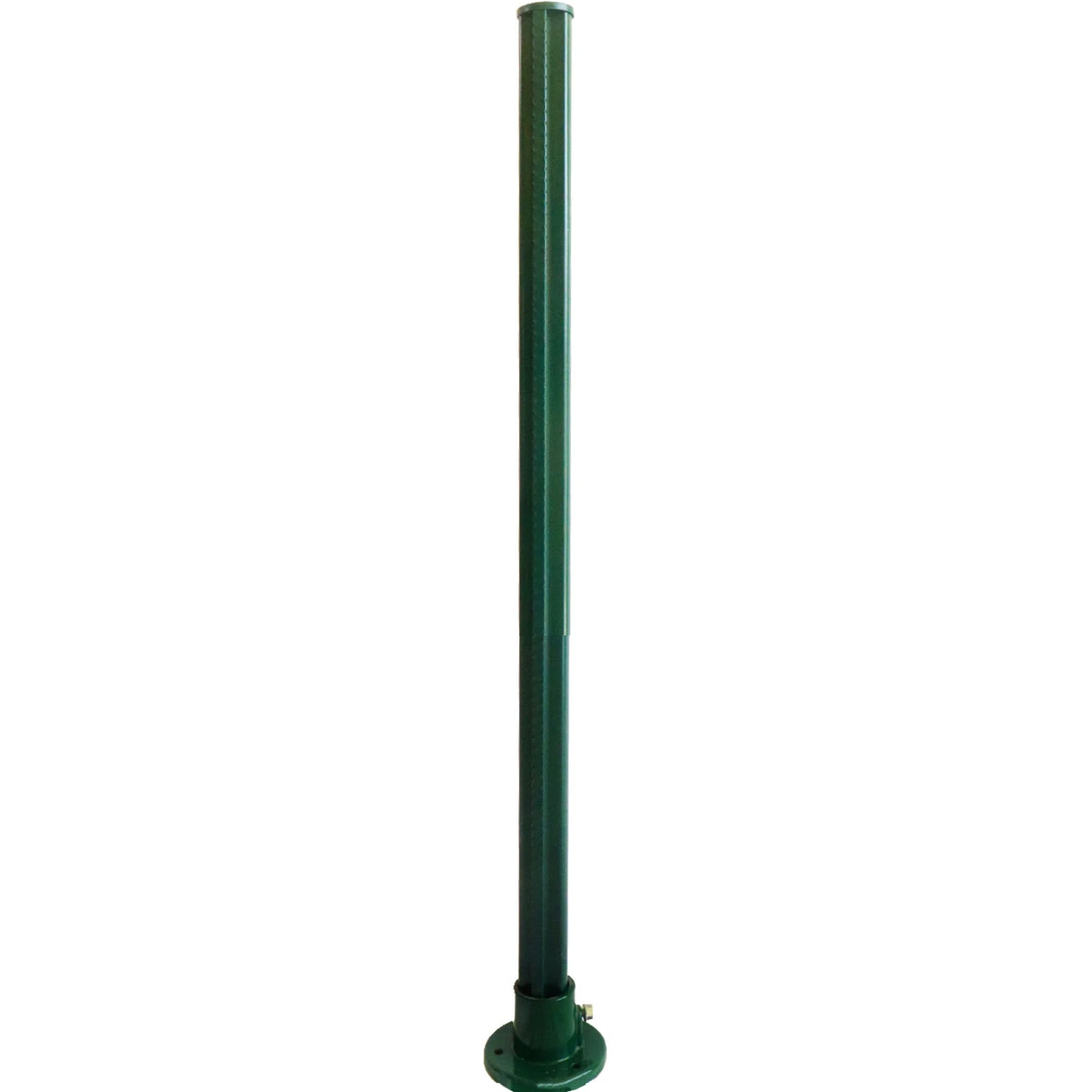Exploring the Differences and Uses of Razor Wire and Barbed Wire in Security Applications
Jul . 27, 2024 14:03Razor Wire and Barbed Wire A Comparative Overview
Razor wire and barbed wire are two types of fencing materials widely used for security and agricultural purposes. Both types serve the primary function of creating physical barriers that deter unauthorized access to property and dangerous areas. However, they differ significantly in design, use, and effectiveness.
Design and Construction
Razor wire consists of sharp blades or barbs made from thin strips of metal, tightly wound around a core wire. The design features sharp edges that can inflict serious cuts when touched. Razor wire is typically more robust and more dangerous than regular barbed wire, making it a preferred choice for high-security installations such as military bases, prisons, and critical infrastructure sites.
On the other hand, barbed wire is composed of two or more strands of wire twisted together with sharp barbs at regular intervals. While it is less lethal than razor wire, it can still provide a deterrent effect against intruders. Barbed wire is often used in agricultural settings, such as livestock fencing, as it prevents animals from straying while also dissuading potential trespassers. The traditional barbed wire is more cost-effective and easier to install than razor wire.
Effectiveness and Security
When it comes to security, razor wire is considered superior due to its intimidating appearance and the potential for causing injury. High-security facilities often install razor wire in coils or spirals atop fences to dissuade determined intruders. Its sharp blades create a formidable barrier that is difficult to breach without proper equipment, thus providing a higher level of security compared to barbed wire.
razor wire and barbed wire
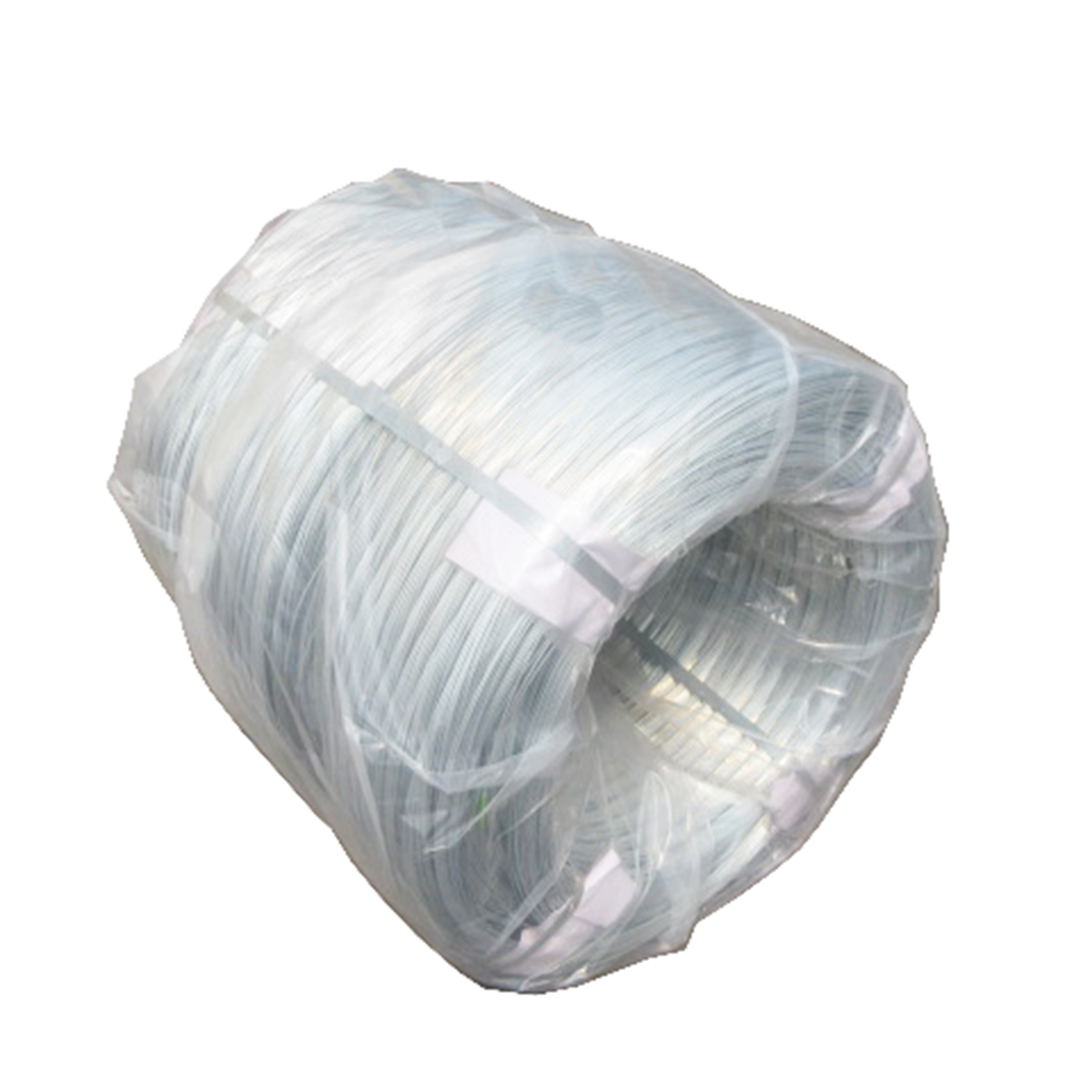
Barbed wire, while effective for general purposes, falls short in providing the same level of deterrence as razor wire. It can effectively mark boundaries and keep livestock contained; however, motivated intruders with tools can often cut through or climb over barbed wire fences. That said, barbed wire can still play a valuable role in layered security systems when used in conjunction with other measures like motion sensors or surveillance cameras.
Applications
The applications of razor wire and barbed wire also differ based on their design and effectiveness. Razor wire is predominantly used in places where security is a prime concern, such as correctional facilities, military installations, and high-security commercial properties. Its menacing presence often helps maintain a level of order by discouraging would-be trespassers.
Barbed wire is more versatile and finds extensive use in rural and agricultural settings. Farmers commonly use it to keep livestock in place and to protect crops from wildlife intrusions. It can also be used in residential areas as a form of boundary marking, though it poses less of a security threat than its razor counterpart.
Conclusion
In summary, both razor wire and barbed wire serve distinct purposes and are effective in their respective applications. Razor wire stands out in high-security environments due to its formidable design and effectiveness in preventing breaches. In contrast, barbed wire remains a practical choice for agricultural and general fencing needs, providing an economical solution for boundary demarcation and livestock control. Understanding the differences between these two types of fencing materials is crucial for selecting the appropriate solution for your specific security or fencing requirements. As safety and security concerns remain paramount, both forms of wire continue to play essential roles in protecting property and ensuring safety across various settings.
Copyright © 2025 Hebei Minmetals Co., Ltd. All Rights Reserved. Sitemap | Privacy Policy






